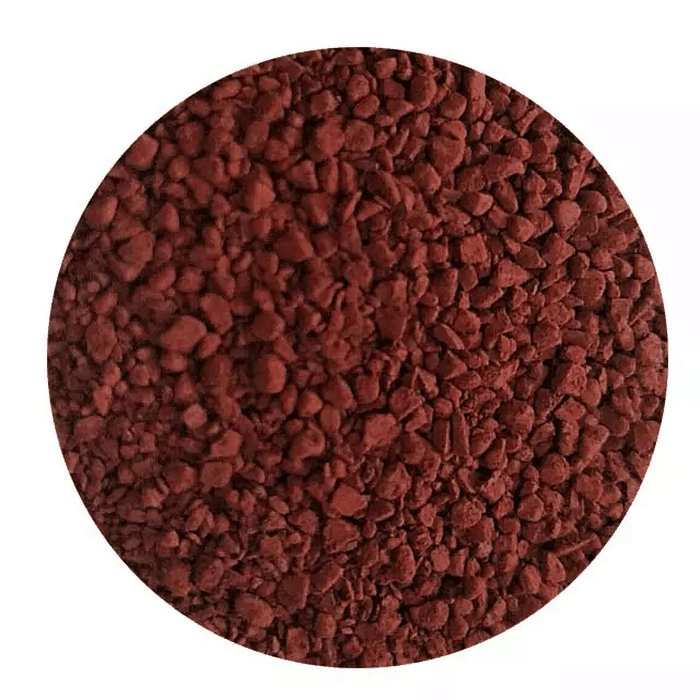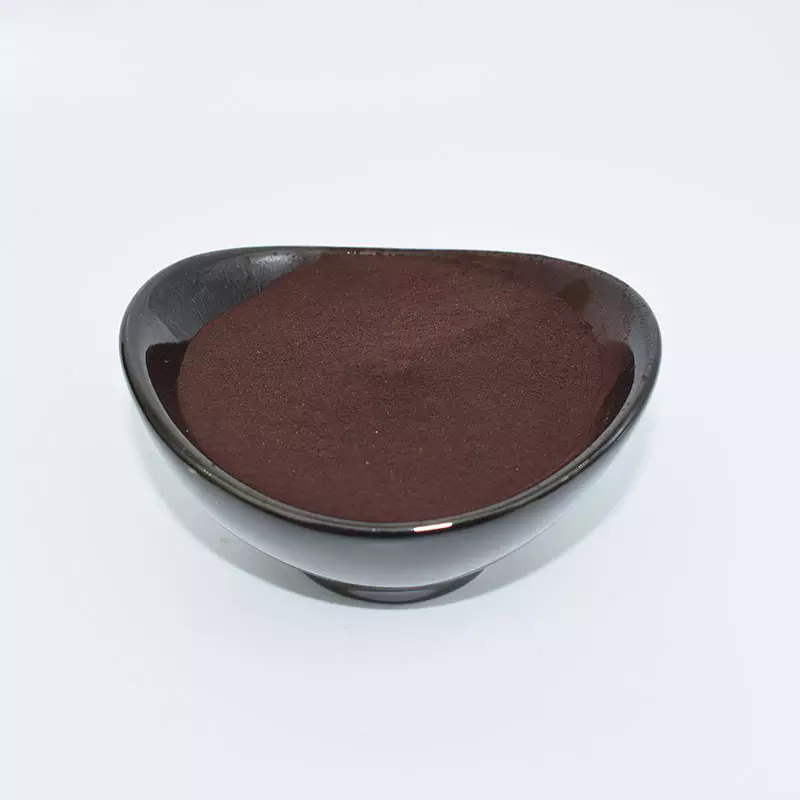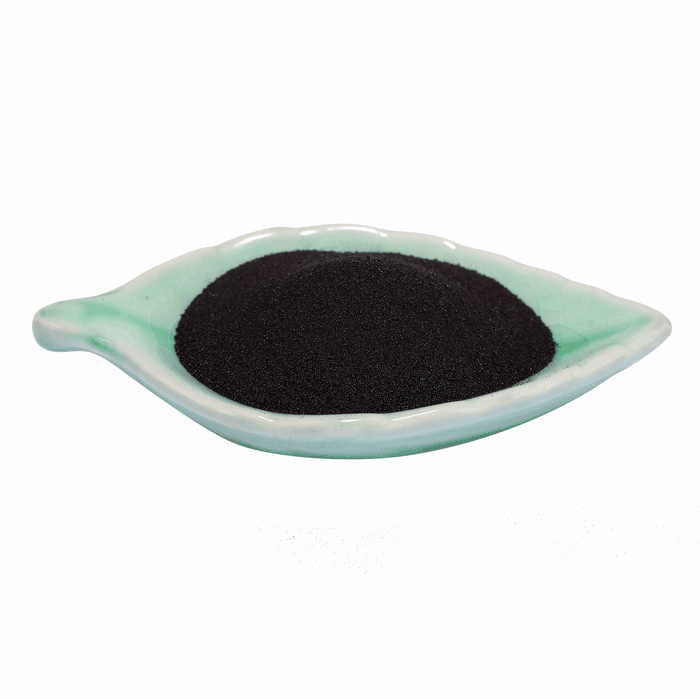Artemether
Synonym(s):Dihydroartemisinin methyl ether;Dihydroqinghaosu methyl ether;SM-224
- CAS NO.:71963-77-4
- Empirical Formula: C16H26O5
- Molecular Weight: 298.37
- MDL number: MFCD00866205
- EINECS: 663-549-0
- SAFETY DATA SHEET (SDS)
- Update Date: 2025-12-23 21:30:31

What is Artemether?
Absorption
Absorption of artemether is rapid when administered orally, reaching its maximal concentrations within 2 hours and entering extensive first-pass metabolism. Its principal active metabolite is DHA. Artemether is highly protein bound (>90%) to α1-acid glycoprotein, albumin, and lipoproteins.
Toxicity
Animal studies on acute toxicity show that the LD50 of Artemether in mice is a single i.g. administration of 895mg/kg and a single i.m. injection of 296mg/kg dose; in rats, the LD50 is a single i.m. injection of 597mg/kg dose.
Description
Artemether is an antiparasitic compound and a derivative of artemisinin . It induces mortality in adult wild-type and pfatp6-mutant P. falciparum but the efficacy is decreased in the mutants (IC50s = 8.2 and 13.5 nM, respectively). Artemether reduces parasitemia in P. falciparum-infected monkeys and P. berghei-infected mice with 50% curative dose (CD50) values of 7.1 and 55 mg/kg, respectively. It also reduces the worm burden of S. mansoni trematodes in mice when used at doses ranging from 200 to 500 mg/kg. Formulations containing artemether have been used in the treatment of malaria.
Chemical properties
White Solid
The Uses of Artemether
Artemether and lumefantrine combination therapy is indicated for the treatment of acute uncomplicated malaria caused by Plasmodium falciparum, including malaria acquired in chloroquine-resistant areas. May also be used to treat uncomplicated malaria when
The Uses of Artemether
Derivative of Artemisinin (A777500). Antimalarial, used to treat strains of malaria which are multi-drug resistant.
The Uses of Artemether
atypical antidepressant, norepinephrine and dopamine reuptake inhibitor, and nicotinic antagonist
Background
Artemether is an antimalarial agent used to treat acute uncomplicated malaria. It is administered in combination with lumefantrine for improved efficacy. This combination therapy exerts its effects against the erythrocytic stages of Plasmodium spp. and may be used to treat infections caused by P. falciparum and unidentified Plasmodium species, including infections acquired in chloroquine-resistant areas.
Indications
Artemether and lumefantrine combination therapy is indicated for the treatment of acute uncomplicated malaria caused by Plasmodium falciparum, including malaria acquired in chloroquine-resistant areas. May also be used to treat uncomplicated malaria when the Plasmodium species has not been identified. Indicated for use in adults and children greater than 5 kg.
Definition
ChEBI: An artemisinin derivative that is artemisinin in which the lactone has been converted to the corresponding lactol methyl ether. It is used in combination with lumefantrine as an antimalarial for the treatment of multi-drug resistant strains of falcip rum malaria.
General Description
Artemisinin (ART) is a natural compound present in Artemisia annua, a traditional Chinese plant.
Biochem/physiol Actions
Artemether is a methyl ether derivative of artemisinin. It is used against multi-drug resistant strains of the malaria parasite, Plasmodium falciparum, and shows potential in treatment of schistosomiasis.
Pharmacokinetics
In the body, artemether is metabolized into the active metabolite metabolite dihydroartemisinin. The drug works against the erythrocytic stages of P. falciparum by inhibiting nucleic acid and protein synthesis. Artemether is administered in combination with lumefantrine for improved efficacy. Artemether has a rapid onset of action and is rapidly cleared from the body. It is thought that artemether provides rapid symptomatic relief by reducing the number of malarial parasites. Lumefantrine has a much longer half life and is believed to clear residual parasites.
Safety Profile
Poison by intramuscular route.Experimental reproductive effects. When heated todecomposition it emits acrid smoke and irritating fumes.
Definition
Artemether (ART) is used to treat multi-drug resistant strains of malaria. ART is a lipid-soluble drug developed for oral, rectal and intramuscular use formulated with dendritic micelles to enhance its water solubility. These micelles consisted of hydrophobic di-fluorene methoxycarbonyl-l-lysine (di-FMOC-l-lysine) as the core, conjugated to hydrophilic methoxy poly(ethylene glycol) chains, MPEG2000 and MPEG5000, forming G0.5 dendrimers. Subsequent generations (G1.5 and 2.5) were formed using lysine branching units conjugated to the core, followed by capping with MPEG chains. Solubility enhancement between factors 3-fold to 15-fold has been observed, depending on the concentration and size of the dendritic micelles. In addition, these formulations increased the stability of ART from 3–5 h to 1–2 days during in vitro testing.
Metabolism
Rapidly metablized to its active metabolite, dihydroartemisinin.
Side Effects
Some common side effects of Artemether are Headache, Dizziness, Loss of appetite, Weakness, Fever, Chills, Abdominal pain, Cough, and Trouble sleeping.
Some serious side effects of Artemether are Rash, Itching/, swelling, Severe dizziness, and Trouble breathing.
Storage
Store at -20°C
Properties of Artemether
| Melting point: | 86-88°C |
| Boiling point: | 359.79°C (rough estimate) |
| alpha | D19.5 +171° (c = 2.59 in CHCl3) |
| Density | 1.0733 (rough estimate) |
| refractive index | 1.6200 (estimate) |
| storage temp. | room temp |
| solubility | DMSO: ≥20mg/mL |
| form | powder |
| color | off-white to light brown |
| optical activity | [α]/D +155 to +175°, c = 0.5 in methanol |
| Merck | 14,815 |
Safety information for Artemether
| Signal word | Danger |
| Pictogram(s) |
 Flame Flammables GHS02  Exclamation Mark Irritant GHS07 |
| GHS Hazard Statements |
H242:Self-reactive substances and mixtures; and Organic peroxides H302:Acute toxicity,oral |
| Precautionary Statement Codes |
P210:Keep away from heat/sparks/open flames/hot surfaces. — No smoking. P235:Keep cool. P280:Wear protective gloves/protective clothing/eye protection/face protection. P301+P312:IF SWALLOWED: call a POISON CENTER or doctor/physician IF you feel unwell. P370+P378:In case of fire: Use … for extinction. P410:Protect from sunlight. |
Computed Descriptors for Artemether
Artemether manufacturer
Kavya Pharma
New Products
4,4-Difluoropiperidine hydrochloride tert-butyl 9-methoxy-3-azaspiro[5.5]undecane-3-carboxylate Indole Methyl Resin N-Isopropylurea N,N-Dicyclohexylcarbodiimide(DCC) MELDRUMS ACID 5-METHYLISOXAZOLE-4-CARBOXYLIC ACID Magnessium Bis glycinate Zinc ascorbate 1-bromo-2-butyne 2-acetamidophenol 9(10H)-anthracenone Erythrosin B, 4-Piperidinopiperidine 2-((4-morpholinophenylamino) (methylthio) methylene) malononitrile 2,4-dihydroxybenzaldehyde 3-(4-morpholinophenylamino)-5-amino-1H-pyrazole-4-carbonitrile Methyl 2-methylquinoline-6-carboxylate 2,6-dichloro-4-nitropyridine 4-Bromo-2-chlorobenzonitrile 2-(benzylamino)acetic acid hydrochloride 4-(tert-Butoxycarbonylamino)but- 2-ynoic acid 3,4-dihydro-2H-benzo[b][1,4]dioxepine 1-Phenyl-1-cycloprppanecarboxylicacidRelated products of tetrahydrofuran








You may like
-
 Artemether 98%View Details
Artemether 98%View Details -
 71963-77-4 98%View Details
71963-77-4 98%View Details
71963-77-4 -
 71963-77-4 98%View Details
71963-77-4 98%View Details
71963-77-4 -
 Artemether 99%View Details
Artemether 99%View Details -
 Artemether CAS 71963-77-4View Details
Artemether CAS 71963-77-4View Details
71963-77-4 -
 Artemether 98.00% CAS 71963-77-4View Details
Artemether 98.00% CAS 71963-77-4View Details
71963-77-4 -
 Artemether >98% (HPLC) CAS 71963-77-4View Details
Artemether >98% (HPLC) CAS 71963-77-4View Details
71963-77-4 -
 Artemether Cas 71963 77 4, 99%View Details
Artemether Cas 71963 77 4, 99%View Details
71963-77-4
